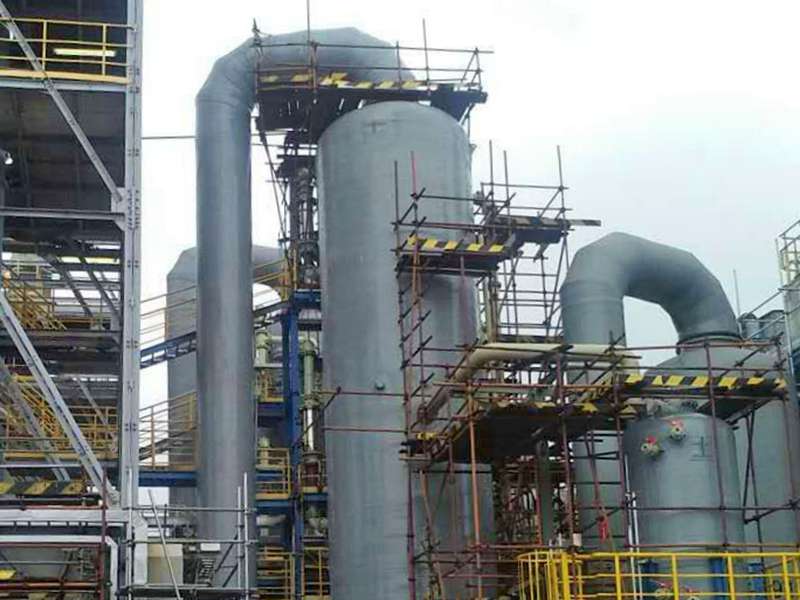
-
 Afrikaans
Afrikaans -
 Albanian
Albanian -
 Amharic
Amharic -
 Arabic
Arabic -
 Armenian
Armenian -
 Azerbaijani
Azerbaijani -
 Basque
Basque -
 Belarusian
Belarusian -
 Bengali
Bengali -
 Bosnian
Bosnian -
 Bulgarian
Bulgarian -
 Catalan
Catalan -
 Cebuano
Cebuano -
 China
China -
 China (Taiwan)
China (Taiwan) -
 Corsican
Corsican -
 Croatian
Croatian -
 Czech
Czech -
 Danish
Danish -
 Dutch
Dutch -
 English
English -
 Esperanto
Esperanto -
 Estonian
Estonian -
 Finnish
Finnish -
 French
French -
 Frisian
Frisian -
 Galician
Galician -
 Georgian
Georgian -
 German
German -
 Greek
Greek -
 Gujarati
Gujarati -
 Haitian Creole
Haitian Creole -
 hausa
hausa -
 hawaiian
hawaiian -
 Hebrew
Hebrew -
 Hindi
Hindi -
 Miao
Miao -
 Hungarian
Hungarian -
 Icelandic
Icelandic -
 igbo
igbo -
 Indonesian
Indonesian -
 irish
irish -
 Italian
Italian -
 Japanese
Japanese -
 Javanese
Javanese -
 Kannada
Kannada -
 kazakh
kazakh -
 Khmer
Khmer -
 Rwandese
Rwandese -
 Korean
Korean -
 Kurdish
Kurdish -
 Kyrgyz
Kyrgyz -
 Lao
Lao -
 Latin
Latin -
 Latvian
Latvian -
 Lithuanian
Lithuanian -
 Luxembourgish
Luxembourgish -
 Macedonian
Macedonian -
 Malgashi
Malgashi -
 Malay
Malay -
 Malayalam
Malayalam -
 Maltese
Maltese -
 Maori
Maori -
 Marathi
Marathi -
 Mongolian
Mongolian -
 Myanmar
Myanmar -
 Nepali
Nepali -
 Norwegian
Norwegian -
 Norwegian
Norwegian -
 Occitan
Occitan -
 Pashto
Pashto -
 Persian
Persian -
 Polish
Polish -
 Portuguese
Portuguese -
 Punjabi
Punjabi -
 Romanian
Romanian -
 Russian
Russian -
 Samoan
Samoan -
 Scottish Gaelic
Scottish Gaelic -
 Serbian
Serbian -
 Sesotho
Sesotho -
 Shona
Shona -
 Sindhi
Sindhi -
 Sinhala
Sinhala -
 Slovak
Slovak -
 Slovenian
Slovenian -
 Somali
Somali -
 Spanish
Spanish -
 Sundanese
Sundanese -
 Swahili
Swahili -
 Swedish
Swedish -
 Tagalog
Tagalog -
 Tajik
Tajik -
 Tamil
Tamil -
 Tatar
Tatar -
 Telugu
Telugu -
 Thai
Thai -
 Turkish
Turkish -
 Turkmen
Turkmen -
 Ukrainian
Ukrainian -
 Urdu
Urdu -
 Uighur
Uighur -
 Uzbek
Uzbek -
 Vietnamese
Vietnamese -
 Welsh
Welsh -
 Bantu
Bantu -
 Yiddish
Yiddish -
 Yoruba
Yoruba -
 Zulu
Zulu
frp fan
The World of FRP Fans Innovation and Applications
In recent years, the field of engineering has witnessed remarkable advancements, particularly in the manufacture and application of fans made from fiber-reinforced plastics (FRP). FRP fans, known for their durability, lightweight properties, and resistance to corrosion, have gained significant traction across various industries. This article delves into the importance, advantages, and applications of FRP fans, shedding light on how they are transforming air movement solutions.
.
Another significant benefit offered by FRP fans is their energy efficiency. In a world increasingly focused on sustainability, reducing energy consumption is a priority for many businesses. FRP fans are engineered to provide optimal airflow with minimal resistance, which leads to lower energy costs and a reduced carbon footprint. By using advanced aerodynamic designs, these fans are capable of moving large volumes of air more effectively than conventional designs, contributing to overall operational efficiency.
frp fan

The versatility of FRP fans is evident in their wide range of applications. In the industrial sector, they are commonly used in ventilation systems, dust collection, and material handling processes. Their lightweight nature allows for easier installation and maintenance, making them a practical choice for factories and warehouses. Additionally, FRP fans are extensively utilized in the marine industry for applications such as ship ventilation and cooling systems, where exposure to saltwater can be detrimental to traditional materials.
Moreover, FRP fans are also making strides in the field of renewable energy. In wind turbine applications, for instance, the lightweight and durable characteristics of FRP components allow for larger and more efficient blades, leading to increased energy capture from wind. This aligns with global efforts to harness renewable resources and reduce dependence on fossil fuels.
The production process of FRP fans also emphasizes sustainability. Manufacturers are increasingly considering eco-friendly practices, utilizing recycled materials, and ensuring that their products are both efficient and environmentally responsible. As technology advances, the potential for further innovations in the design and functionality of FRP fans continues to grow.
In conclusion, FRP fans represent a revolutionary shift in fan technology, offering numerous benefits such as durability, energy efficiency, and versatility. Their applications span various industries, demonstrating their capability to meet the challenges of modern engineering. As the world moves towards more sustainable practices, the role of FRP fans is poised to expand, making them an essential component in the future of air movement solutions. With ongoing advancements, FRP fans are set to play a vital role in enhancing operational efficiency while contributing to a greener planet.









